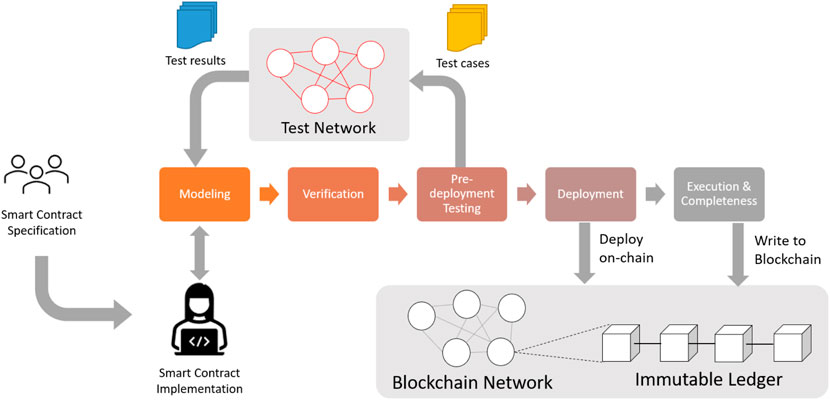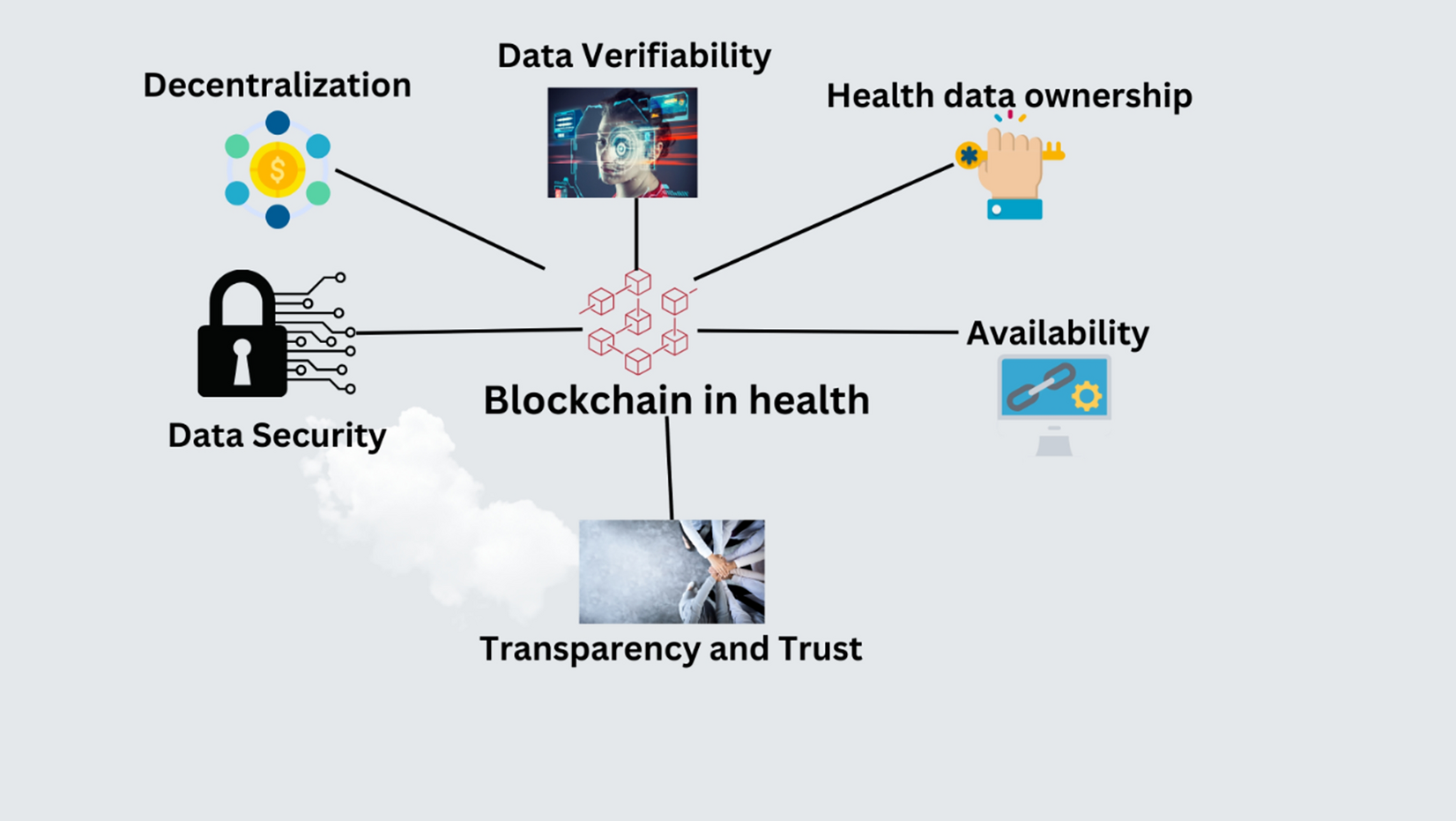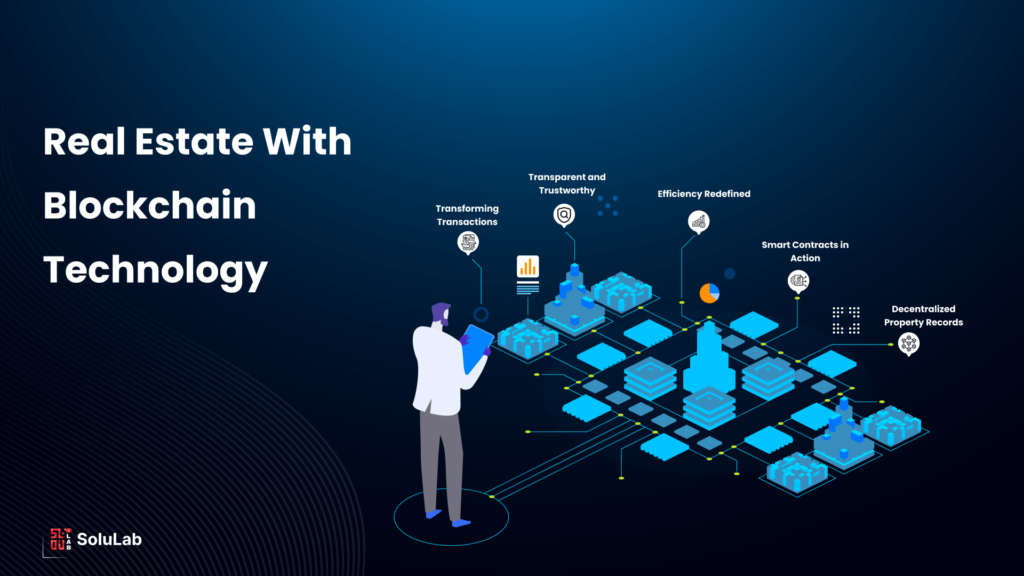Blockchain technology has become synonymous with cryptocurrency, but its potential extends far beyond digital currencies. As someone who has been fascinated by this technology for years, I want to share how blockchain is revolutionizing modern computing in ways that might surprise you.
Decentralization: The Power of No Single Point of Failure

One of the most compelling aspects of blockchain is its decentralized nature. Unlike traditional systems where data is stored in a central location, blockchain distributes data across a network of computers. This means there’s no single point of failure, making the system incredibly resilient. For example, imagine a financial institution that uses blockchain to store transaction records. Even if one computer in the network fails, the data remains intact and accessible. This level of security and reliability is a game-changer.
Smart Contracts: Automating Trust
Smart contracts are another groundbreaking feature of blockchain technology. These are self-executing contracts with the terms of the agreement directly written into code. When certain conditions are met, the contract automatically executes. For instance, a smart contract could automatically release funds to a contractor once a project is completed, eliminating the need for intermediaries and reducing the risk of fraud. This automation not only saves time but also builds trust between parties who may not know each other.
Data Integrity: Immutable Records

Blockchain’s ability to maintain immutable records is another significant advantage. Once data is recorded on a blockchain, it cannot be altered or deleted. This is particularly useful in industries like healthcare, where maintaining accurate and tamper-proof records is crucial. For example, patient medical histories can be securely stored on a blockchain, ensuring that any changes or updates are transparent and traceable. This level of data integrity is invaluable in preventing errors and ensuring compliance with regulations.
Comparison of Traditional vs. Blockchain Systems
| Feature | Traditional Systems | Blockchain Systems |
|---|---|---|
| Data Storage | Centralized, single point of failure | Decentralized, no single point of failure |
| Trust Mechanism | Requires intermediaries | Built-in trust through smart contracts |
| Data Integrity | Can be altered or deleted | Immutable, transparent records |
| Speed of Transactions | Can be slow due to intermediaries | Faster, automated transactions |
Real-World Applications: Beyond the Hype

Blockchain isn’t just a buzzword; it’s being implemented in real-world applications across various industries. Supply chain management is one area where blockchain is making a significant impact. Companies like Walmart use blockchain to track the journey of products from farm to shelf, ensuring transparency and traceability. This not only improves efficiency but also builds consumer trust. Another example is voting systems. Blockchain can provide a secure and transparent way to conduct elections, reducing the risk of fraud and increasing voter confidence.
The Future of Blockchain: What’s Next?

As blockchain technology continues to evolve, its potential applications are only growing. One exciting development is the integration of blockchain with artificial intelligence (AI). Imagine a world where AI algorithms are trained on data stored on a blockchain, ensuring that the data is both accurate and secure. This could lead to more reliable AI systems in fields like healthcare and finance. Additionally, the rise of decentralized finance (DeFi) is another area to watch. DeFi platforms are leveraging blockchain to create financial services that are accessible to everyone, not just those with access to traditional banking systems.
In conclusion, blockchain is much more than just a tool for cryptocurrencies. Its decentralized nature, smart contracts, and immutable records are transforming industries and paving the way for a more secure and transparent future. As someone who has seen the potential of this technology firsthand, I’m excited to see where it will take us next.








